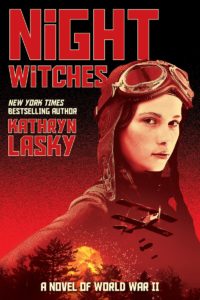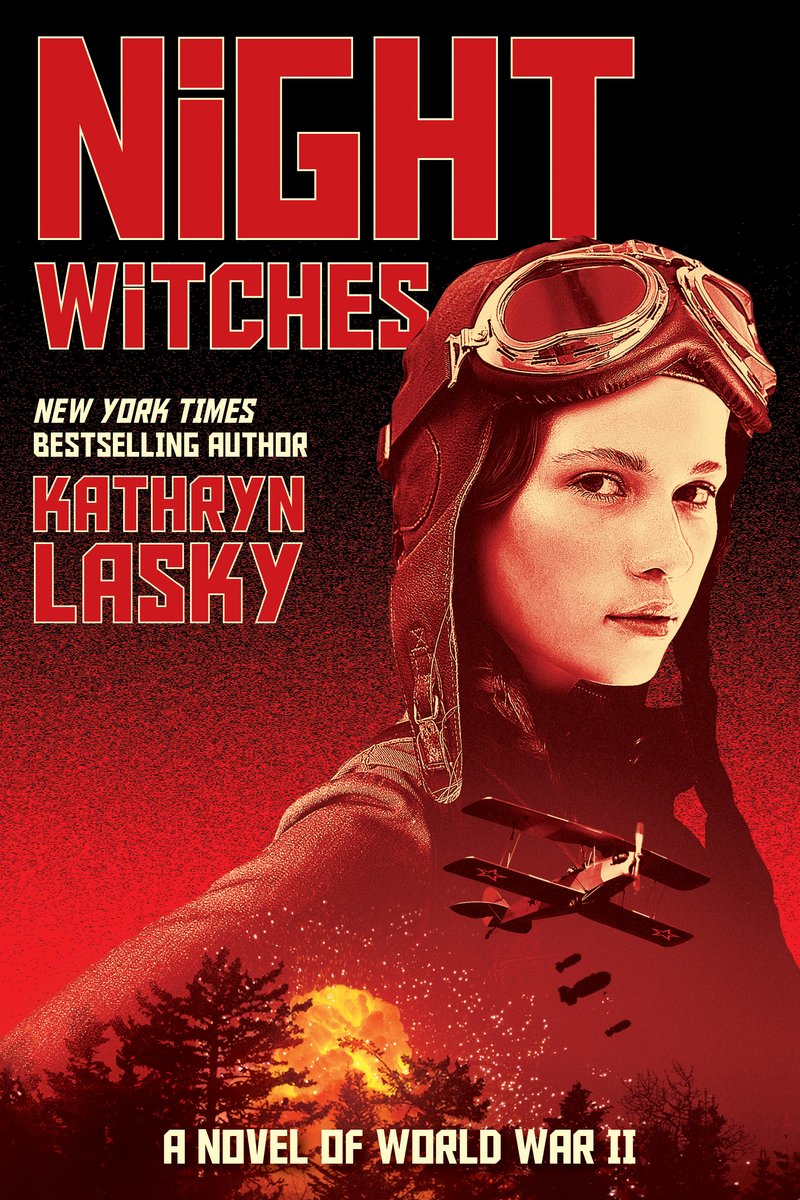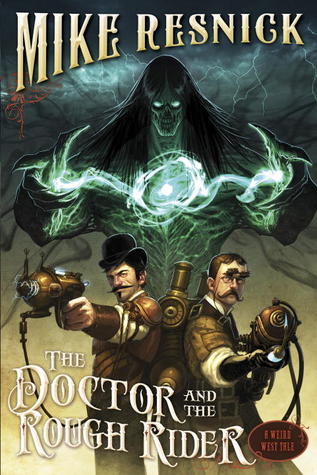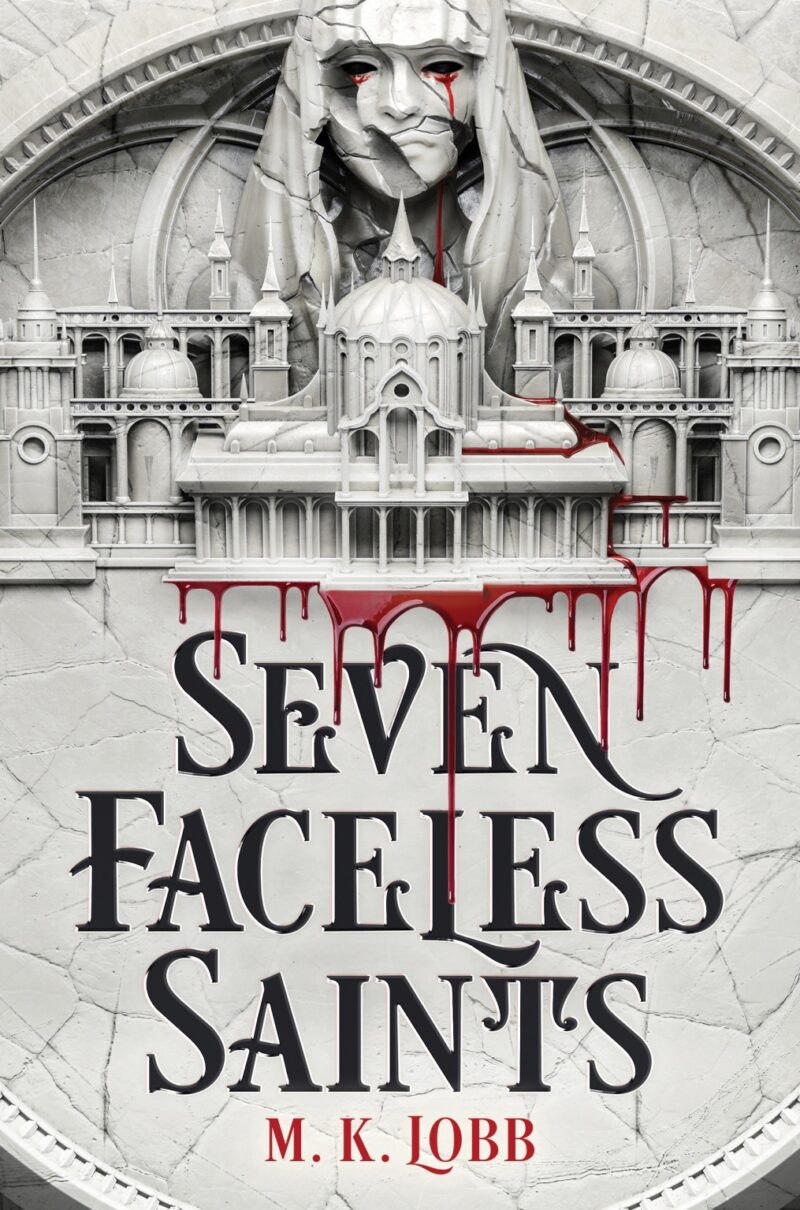 Sixteen-year-old Valya learned to fly planes from her father, and there’s nothing she loves more than being in the sky. Everything changes when the war begins – her father goes missing, and her older sister Tatyana leaves to join the Night Witches, an all-female battalion of fighter pilots. Valya is desperate to join, too, but her mother forbids her. Still, Valya knows her place is fighting Nazis with the Night Witches, and when the Battle of Stalingrad begins and throws her world into chaos, she sets out to find them.
Sixteen-year-old Valya learned to fly planes from her father, and there’s nothing she loves more than being in the sky. Everything changes when the war begins – her father goes missing, and her older sister Tatyana leaves to join the Night Witches, an all-female battalion of fighter pilots. Valya is desperate to join, too, but her mother forbids her. Still, Valya knows her place is fighting Nazis with the Night Witches, and when the Battle of Stalingrad begins and throws her world into chaos, she sets out to find them.
Despite its short length (only 211 pages with a large font), Night Witches spans over two years and packs some devastating emotional punches – the novel seems more suitable for slightly older readers (at least 12+). Lasky clearly did her research for the novel, and some of her scenes of bloodshed are brutal. I always appreciate WWII novels that shed light on aspects of the war that don’t get much airtime in YA literature, and I don’t remember reading about the Night Witches before. Lasky’s sketches of these brave young women are compelling, though ironically many of the novel’s minor characters stood out to me more than Valya, who seems to be primarily a vehicle through which Lasky explores the social and political conditions of WWII Russia.
Overall, I enjoyed this book, but it felt way too abbreviated. Characters flashed in and out without any depth, and though Lasky gestures at the complex political maneuverings swirling around Stalin and the Nazis in WWII, the book’s coverage of them isn’t thorough enough to leave a lasting impact. Valya goes through a lot: she serves as a citizen soldier, firing machine guns within the city; spends time as a navigator before being allowed to fly; deals with the death or injury of many close friends – the list goes on. Any one of these events would be enough material to write a novel about, but stuffed all together here there is barely time to reflect on any of them.
Of course, this may not be the fault of Lasky as much as the complexity of her subject matter. Real girls in Valya’s position wouldn’t have had time to mourn in the midst of this war, and Lasky’s structure could be read as true to the devastating whirlwind of living through WWII. If she were to have tackled everything she touches on in depth, the book would be massive. If you’re a sucker for WWII children’s fiction or want the SparkNotes version of who the Night Witches were, you should enjoy this quick read.
A copy of this book was provided by the publisher for review.



